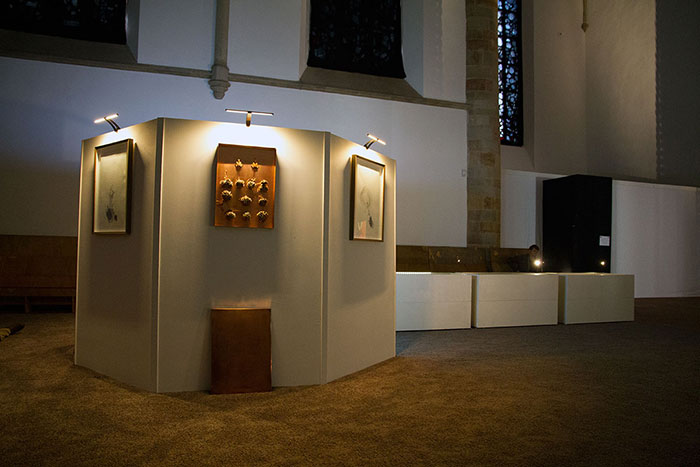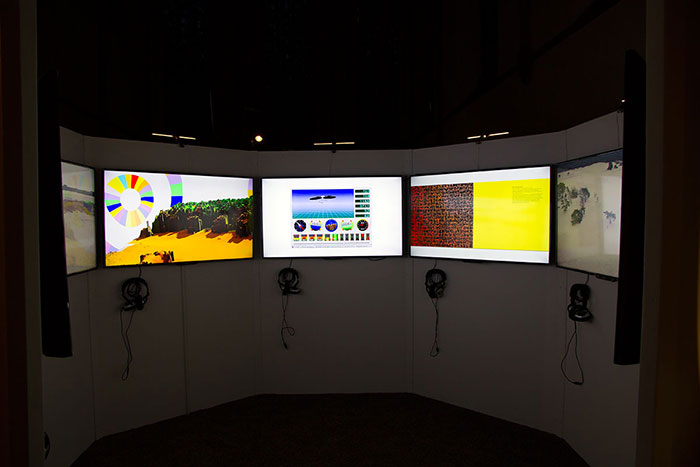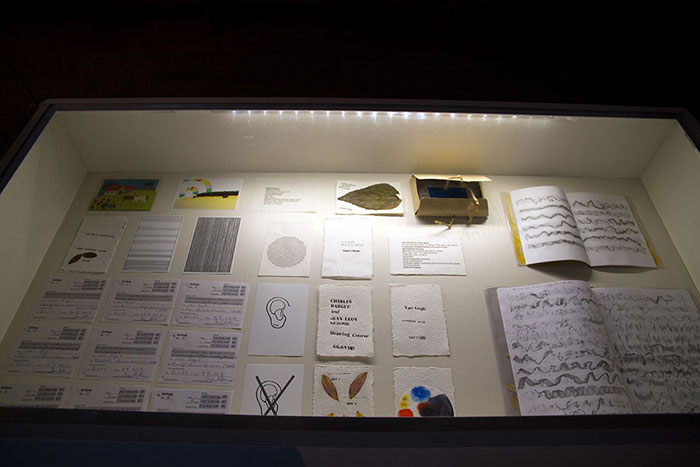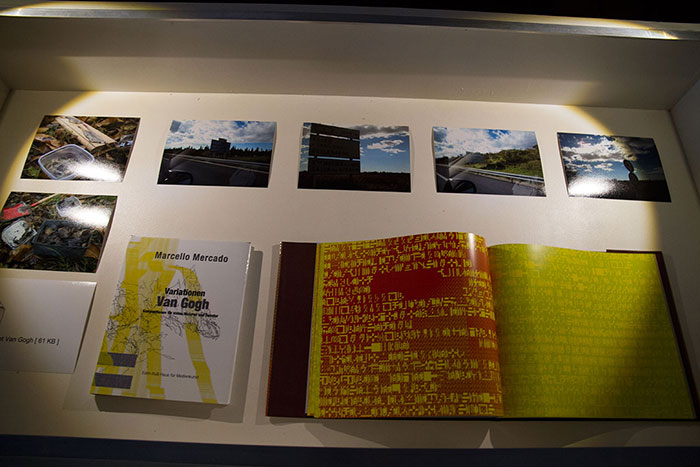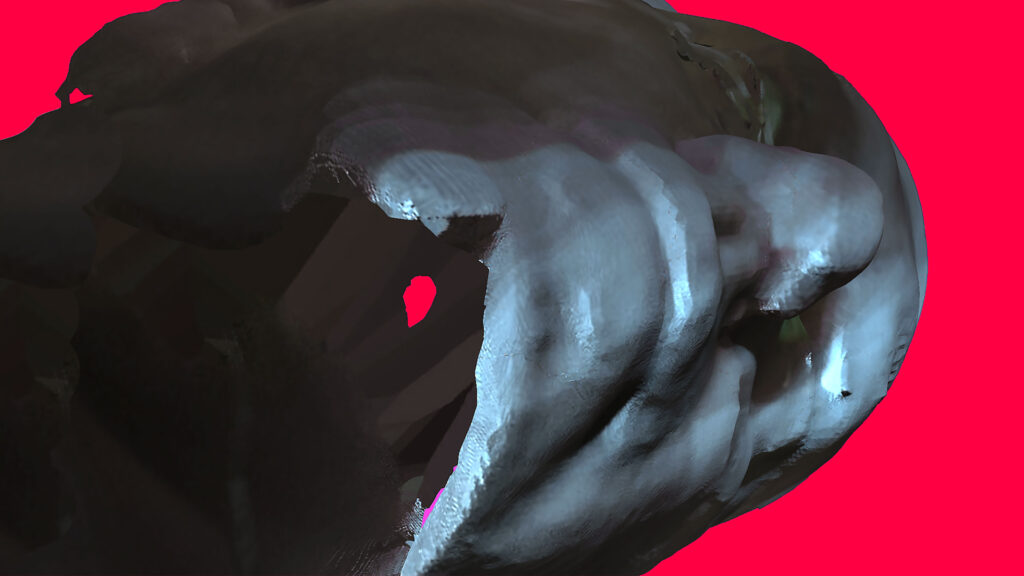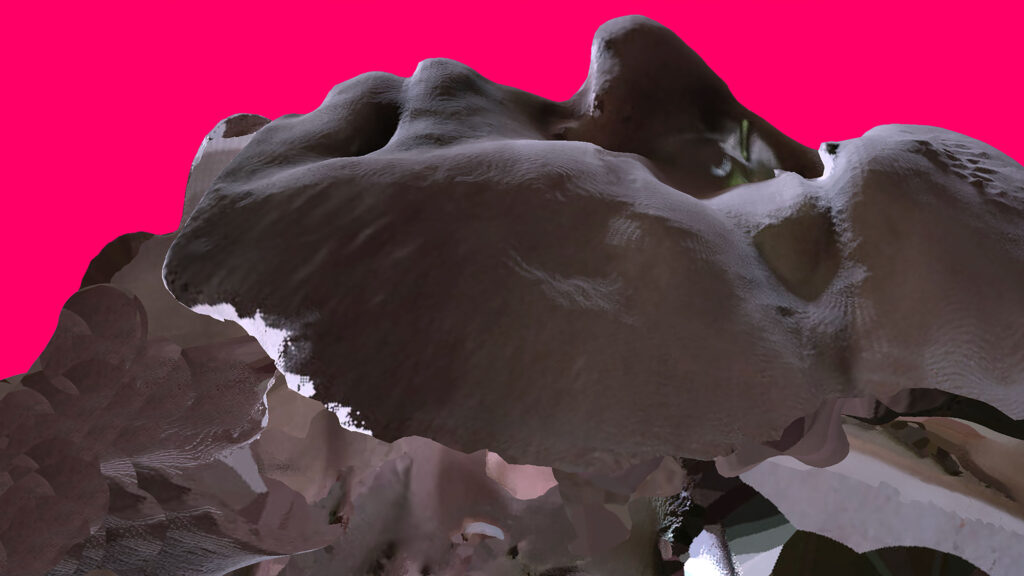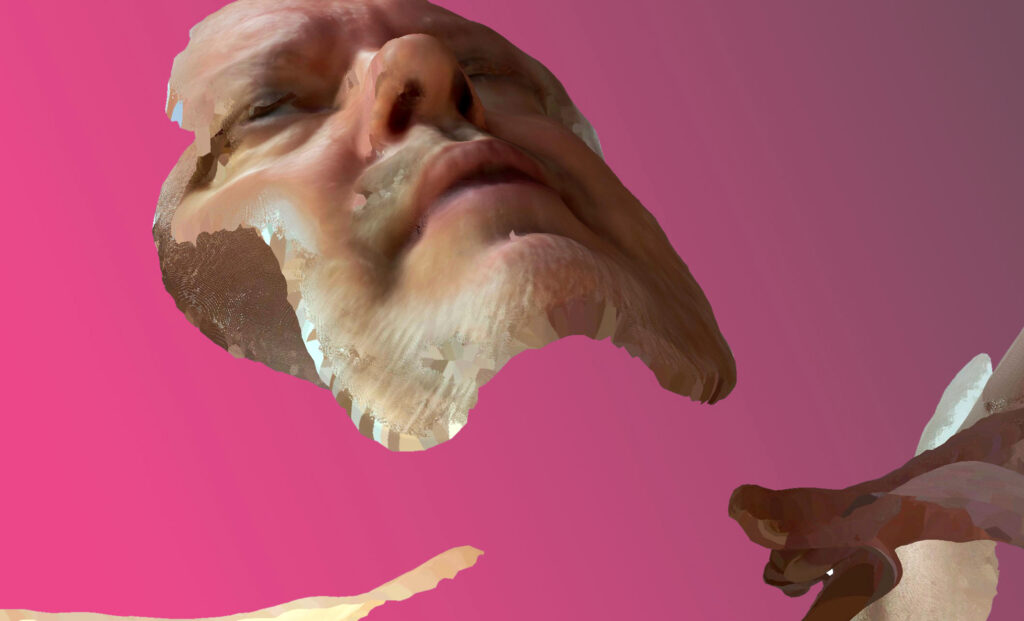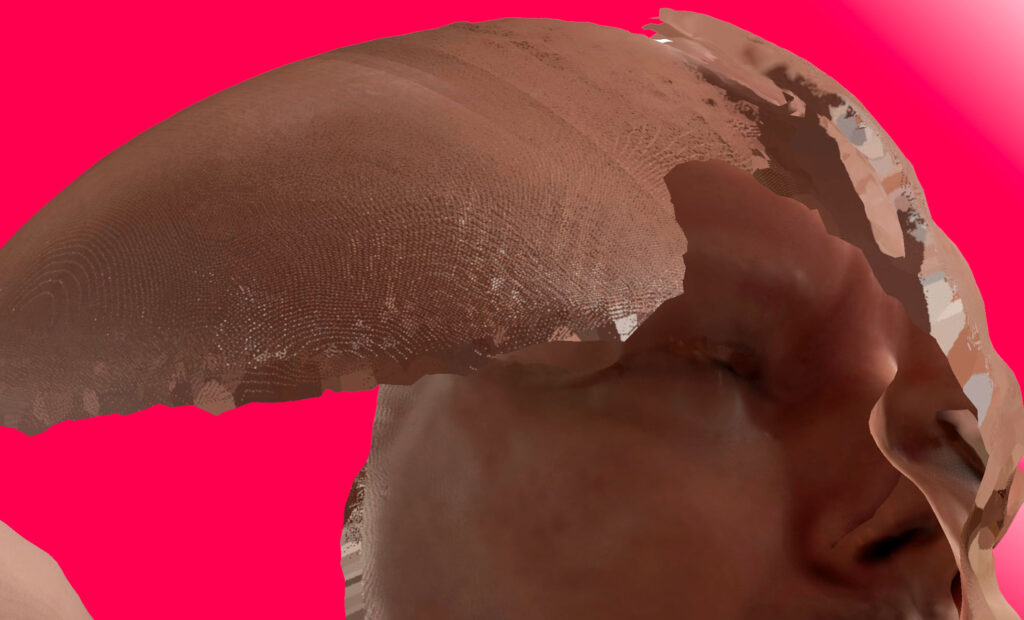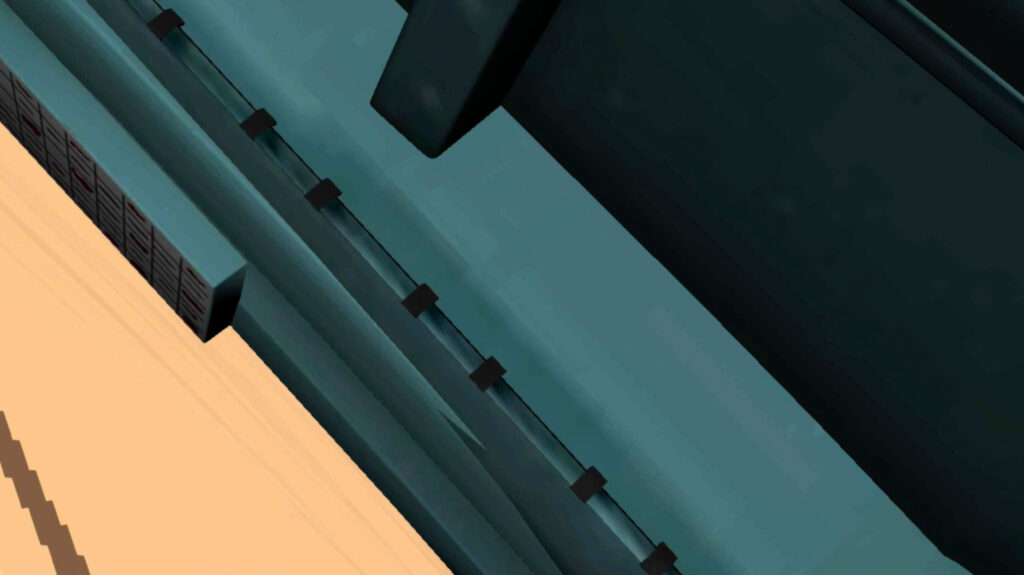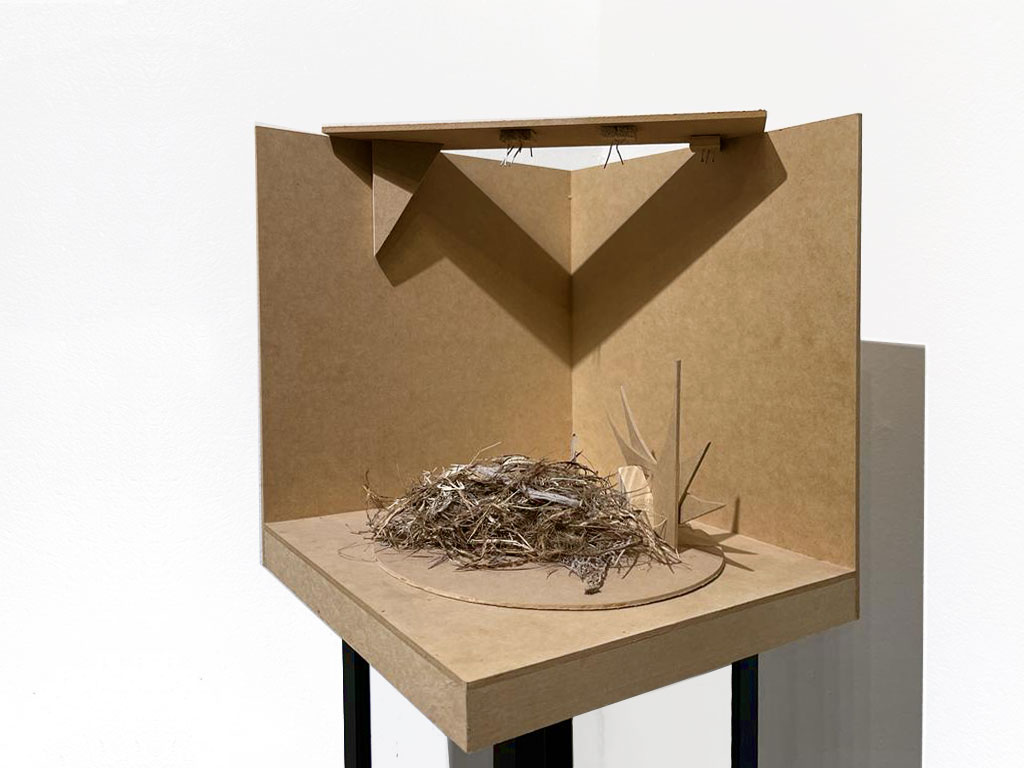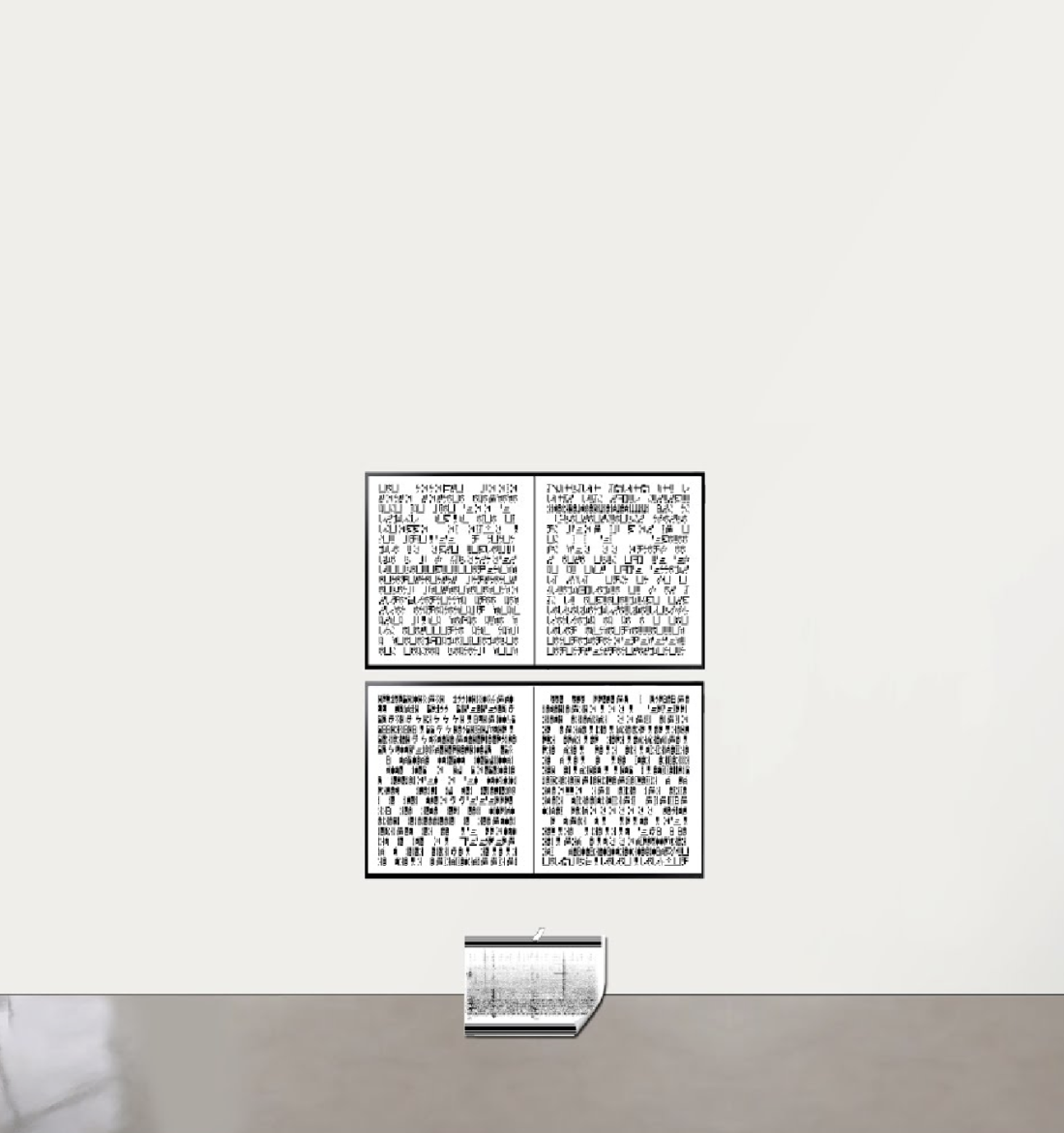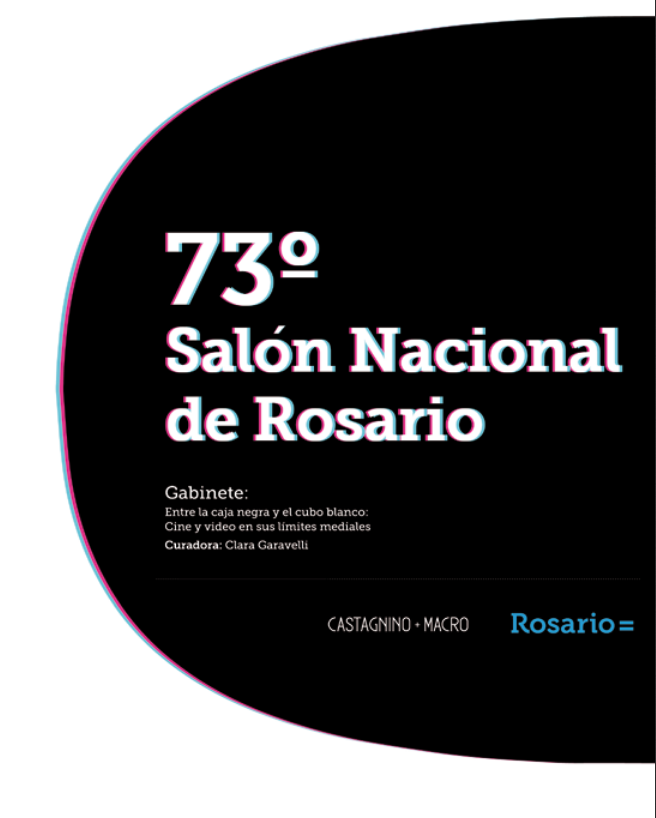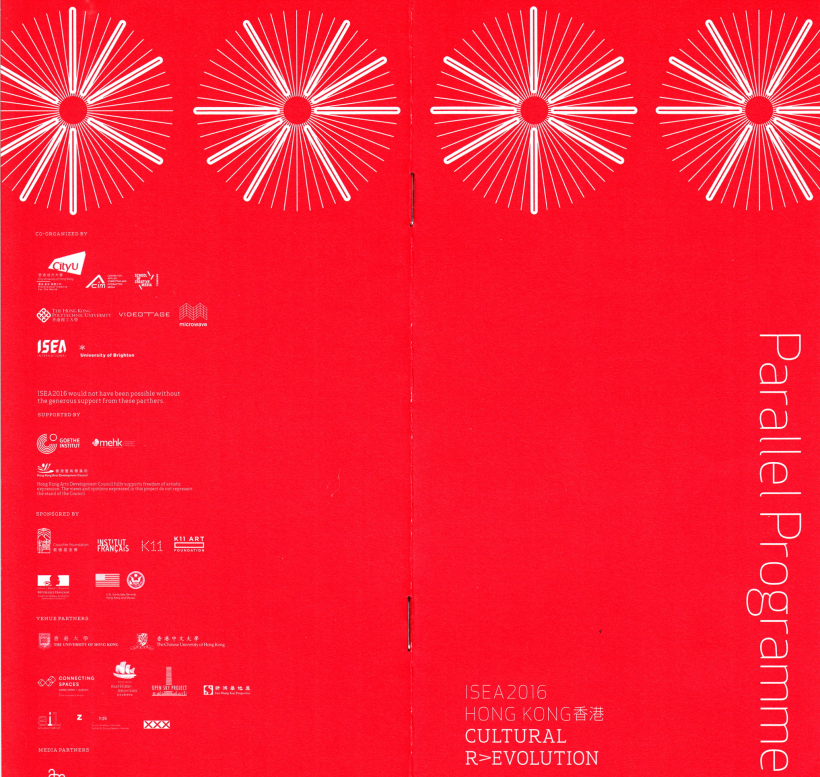19.11.2016 – 10.1.2016
Akademie der Künste : Bodenlos – Vilém Flusser und die Künste
Curators:
Baruch Gottlieb & Siegfried Zielinski
„Ins Universum der technischen Bilder“ oder „Lob der Oberflächlichkeit“ – mit solchen programmatischen Titeln avancierte Vilém Flusser (1920 – 1991) zu einem der einflussreichsten Denker der Kommunikation und der Medien des 20. Jahrhunderts. Offensiv nahm Flusser die Herausforderung an, die Künste neu zu denken angesichts der Tatsache, dass unsere Existenz wesentlich technisch geworden ist. Nach seiner Flucht vor den Nazis über Prag, England und Brasilien lebte er viele Jahre in Italien, der Schweiz und zuletzt in Frankreich. In der Art eines Parcours lädt die Ausstellung dazu ein, die Bewegung der flüchtigen Existenz als ein Modell für jene Gewalt des Zusammenhangs vorzustellen, den wir das 20. Jahrhundert nennen.
Beteiligte Künstler*innen
Danièle Akmen, Edmar de Almeida, Louis Bec, Michael Bielicky, Gabriel Borba, Jürgen Claus, Otávio Donasci, Harun Farocki, Peter Fischli/David Weiss, Alex Flemming, Samson Flexor, Joan Fontcuberta, Fred Forest, Herbert W. Franke, Cyriak Harris, Andreas Henrich, Fons Hickmann, Dieter Jung, Dietmar Kamper, Knowbotic Research, Jörg Lindenmaier, Thilo Mechau, Marcello Mercado, Achim Mohné/Uta Kopp, Andreas Müller-Pohle, Anthony Moore, Mouse on Mars, Matthias Müller, Solomon Nikritin, Nam June Paik, Brothers Quay, Mario Ramiro, Mira Schendel, Lisa Schmitz, Peter Simon, Ed Sommer, Wolfgang Spahn, Peter Weibel, Niobe Xandó, Pinar Yoldas
10117 Berlin-Mitte
